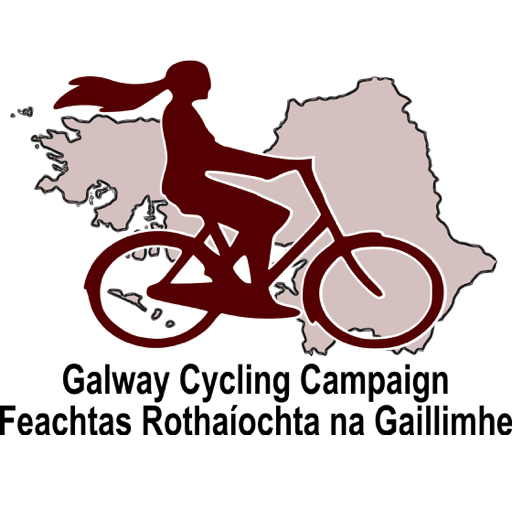The Galway Cycling Campaign have written to City Council Director of Services, Ciaran Hayes, seeking clarification on the qualifications of the consultants assigned to Galway City and Environs Walking and Cycling Strategy (AECOM). The Campaigners say that they have been unable to establish that the consultants have taken an approved cycling skills course or have formal training that would allow them to assess roads used by cyclists.
The Irish Government’s National Cycle Policy Framework states: “We will also stipulate that that all local authority roads engineers and any engineer wishing to tender for government road contracts should be required to have taken an approved cycling skills course”. The stated policy of the National Cycling Lobby Group, Cyclist.ie also specifies that the completion of an approved cycling skills course is a standard requirement for all consultants undertaking such work.
The Cycling Campaign have requested documentary evidence showing that the consultants (AECOM) have taken such a course.
Shane Foran speaking for the campaign added “In the UK and Ireland , the only accredited cycling skills course dealing with the full range of on-road traffic skills is the UK National Standard for Cycle Training. The Green Schools Travel staff currently working with 400 schools, including schools in Galway, have been trained as UK National Standard instructors” The Cycle Campaign states that current best practice for drafting viable cycling strategies requires consultants who are able to audit the existing roads, and any proposed new designs, with reference to “design cyclists” who come under the different ability levels defined under the National Standard curriculum. The cyclists say that it is totally unacceptable that the City Council should apparently be seeking to develop a cycling strategy in isolation from the advice that child and adult cyclists are being given with regard to using the roads.
The cyclists say the issue of consultants being able to show that they have necessary training is non-negotiable issue, because having untrained and unassessed consultants advising on cycling measures is viewed as equivalent to employing general traffic engineers who don’t possess driving licences or any independent verification of driving competence.

Leave a Reply